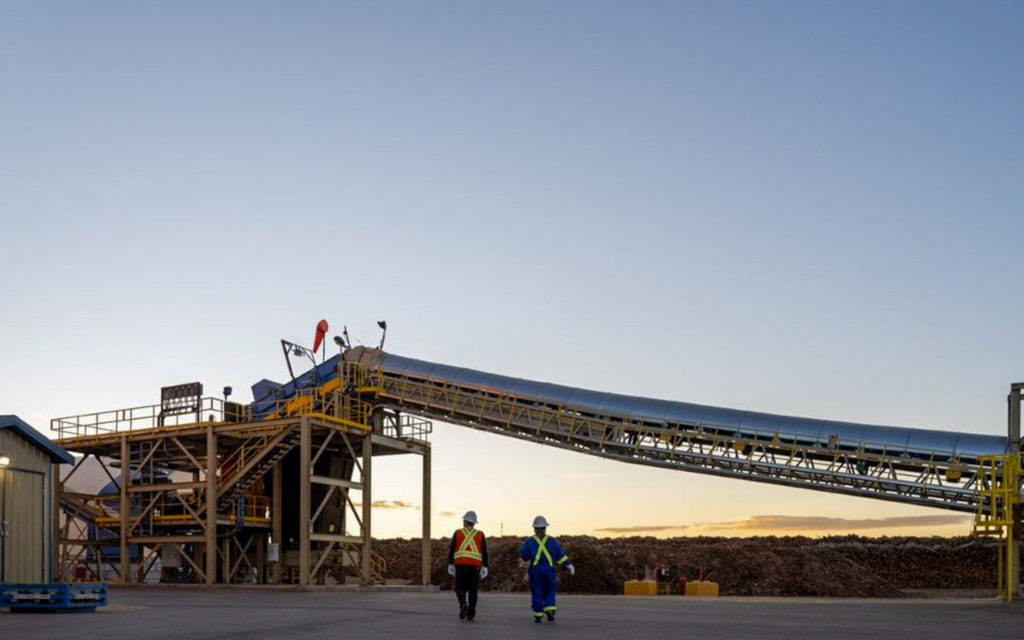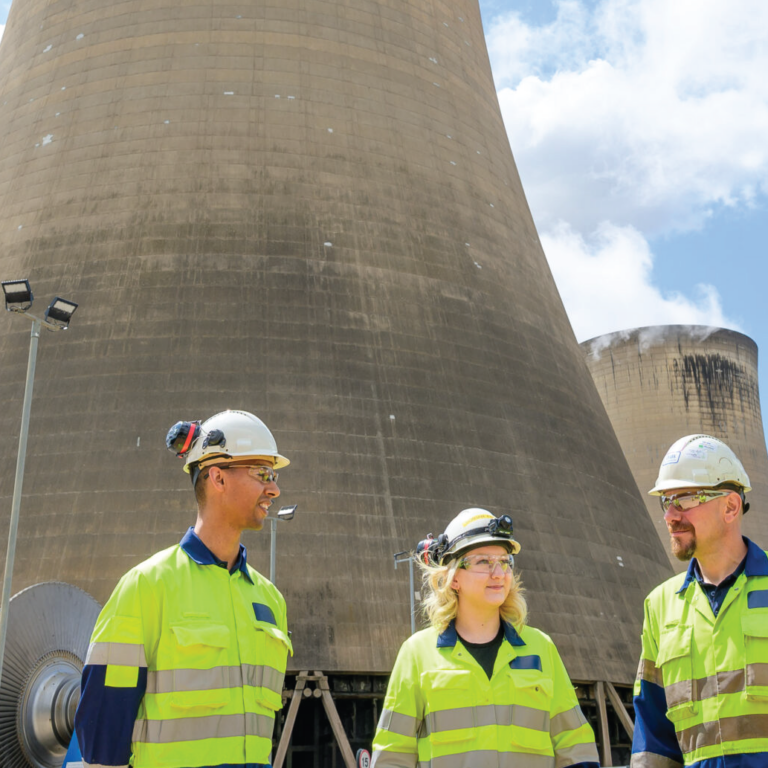Key takeaways:
- Europe’s energy security is dependent on moving away from imports of Russian gas, but climate targets and emissions reductions can’t be ignored.
- The European Parliament’s proposed changes to the EU’s Renewable Energy Directive, in particular restrictions on the use of “primary wood biomass”, will hamper climate efforts by limiting opportunities for bioenergy.
- Woody biomass is the EU’s largest renewable energy source, of which 51% comes from primary woody biomass, accounting for 20% of all renewable energy
- Reports by the EU and expert parties have repeatedly pointed to bioenergy as crucial to both reducing natural gas-dependency and reaching climate goals – when sourced sustainably.
- Restricting primary woody biomass as a feedstock for electricity and heat would exacerbate rising consumer energy prices and make long-term decarbonisation more costly.
- EU policy decisions must support net zero goals and enhance energy security, both of which bioenergy is forecast to play a significant role in delivering.
Europe’s dependence on natural gas from Russia was thrown into painfully sharp focus in 2022. The country’s invasion of Ukraine prompted global gas supply restrictions and fears of embargos, making clear the need for Member States to rapidly move away from Russian imports and establish greater energy security.
The transition is an important juncture on the road to a future energy system that remains affordable for consumers of heat and electricity, in homes and businesses.
However, European Parliament proposed revisions to the EU’s Renewable Energy Directive (REDIII) are detrimental to that ambition. Plans to significantly restrict “primary woody biomass”, wwould impact the EU’s energy security and climate targets, at a time when affordable transition is needed most.
It is important that EU policy makers consider these important impacts during the ongoing trilogue discussions on this legislation and that they are brought to the attention of your national government (including Permanent Representation in Brussels), MEPs (in particular those sitting on the ENVI and ITRE committees) and the European Commission (DG Energy).
Find out more about proposed changes to the Renewable Energy Directive:
- Healthy managed forests need markets. The harvesting of these forests is primarily driven by long-lived solid wood product sectors and restricting the use of primary woody biomass will not stop harvesting. Eliminating or reducing markets for low-grade, by-products of the timber industry can lead to forest degradation and loss.
Biomass and BECCS are critical to Europe’s net zero efforts but investment is needed now to ensure the technology will be in place to deliver negative emissions at scale in the 2030s.
The EU has identified the role that increased use of biomass will play in reducing demand for Russian gas
Over the course of 2021, the EU imported 155 billion cubic metres of natural gas from Russia – accounting for 40% of the block’s gas consumption.
The short-term solution from countries both in and outside the EU looking to wean themselves off Russian gas has been to increase expensive imports from other sources, and expand the use of other fossil fuels, such as coal. But long-term energy security must also allow the world to meet its climate targets. Many experts consider biomass, when sourced sustainably, to be integral to meeting these combined goals.
A report by the European Climate Foundation considered whether and how the EU could deal with an end of Russian gas supplies from winter of 2022 to 2025, without jeopardising medium-term energy and climate targets. It put forward 15 structural levers for the EU to reduce gas demand, including to “increase biomass use in power and heat generation”.
The report estimated that increased biomass use could offset up to 2 billion cubic metres of natural gas, amounting to a positive cumulative climate impact of 4 million tons of saved CO2 emissions.
The Foundation’s work with the International Energy Agency (IEA) further reiterated the importance of biomass, stating that dispatchable low-emission generation from bioenergy can and should be maximised. The joint report claimed that the EU’s bioenergy plants could generate up to 50 terawatt hours (TWh) more electricity (almost as much as the 62.1 TWh consumed by all of Great Britain in Q3 2022) with the introduction of appropriate incentives and sustainable supplies of bioenergy.
The European Commission’s Impact Assessment also found that to meet climate targets, the use of bioenergy will have to increase by an average of 69% by 2050, compared to 2030 projections. This included the need for biomass as a source of grid balancing power, as well as biofuels in hard-to-decarbonise industries, like the maritime and aviation sectors.
These proposed routes to an energy secure future that can also meet climate goals would all be hindered by excessive restrictions on woody biomass. Bioenergy deployment is needed to support scenarios in which reliable energy supply and decarbonisation is tenable and affordable. But the regulatory and legislative environment must be in place to deliver it.
Combating high prices
The European Parliament proposed REDIII restrictions on “primary woody biomass” haven’t been subject to an impact assessment. As such, the full effects such policies could have on energy supply, decarbonisation efforts, forest health, and consumers, aren’t being properly considered. In particular, the cost of the energy transition to economies and energy users is left open to question.
One of the other issues caused by the uncertainty in Russian gas supply is the rocketing cost of energy. Around the world, energy prices reached record highs through the winter period, impacting the cost of products and services across economies. Restricting the ability for countries to use woody biomass will only further drive-up prices for both business and domestic, electricity and heating consumers.
Biomass has the ability to be co-fired alongside coal, or existing coal power stations can be converted to run on biomass alone. This can make it a more cost-effective means of rapidly deploying an alternative to gas and coal.
Woody biomass is also one of the most affordable technologies to deliver renewable heating. Combined heat and power (CHP) plants offer effective sources of district heating. Other decarbonisation efforts like installing heat pumps or hydrogen boilers at scale will take years in many countries.
Today, woody biomass is the EU’s largest renewable energy source, of which 51% comes from primary woody biomass, accounting for 20% of all renewable energy. To pass legislation that hampers its use will leave countries dependent on expensive, carbon-intensive fossil fuel imports, that slows progress towards reaching climate goals and makes energy unaffordable for more consumers.











